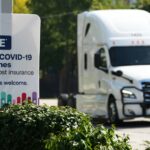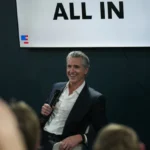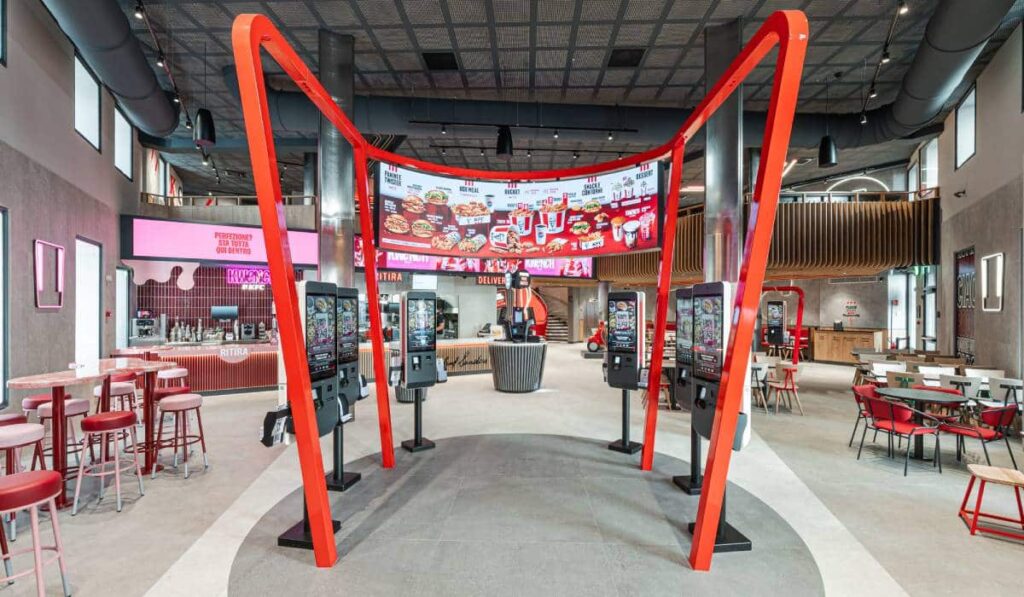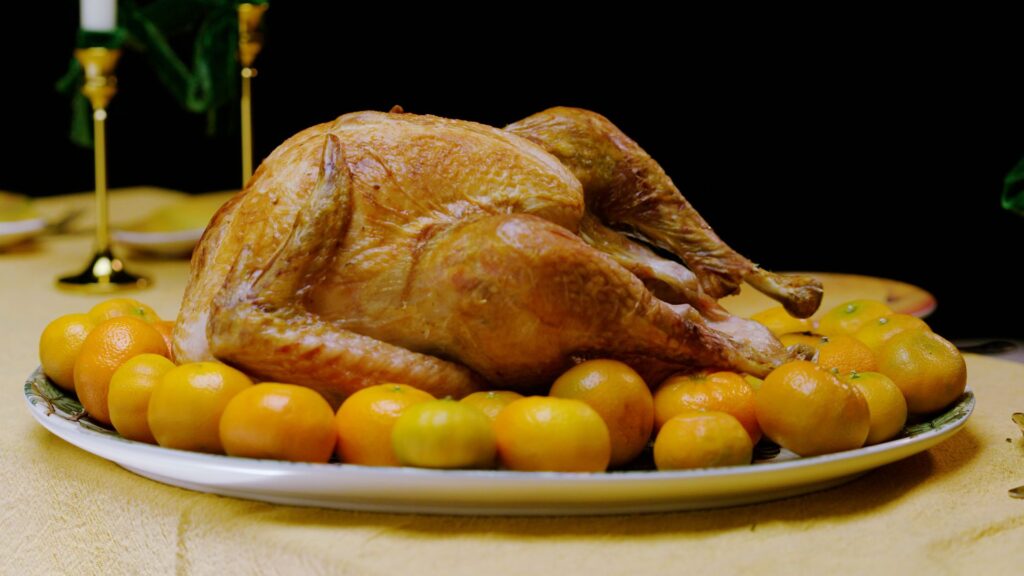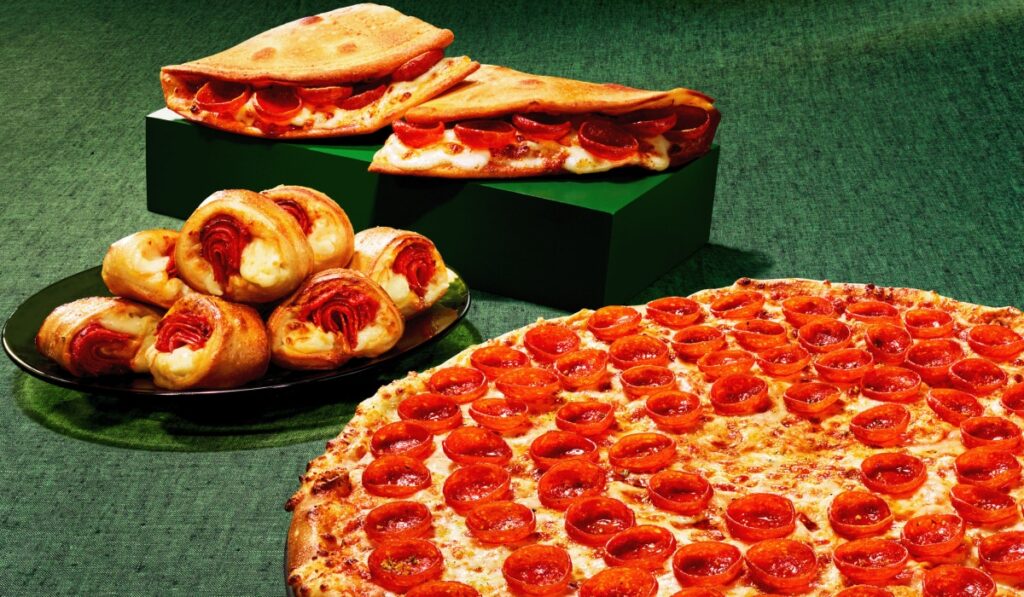Starbucks Bets on Third-Place Coffee Culture
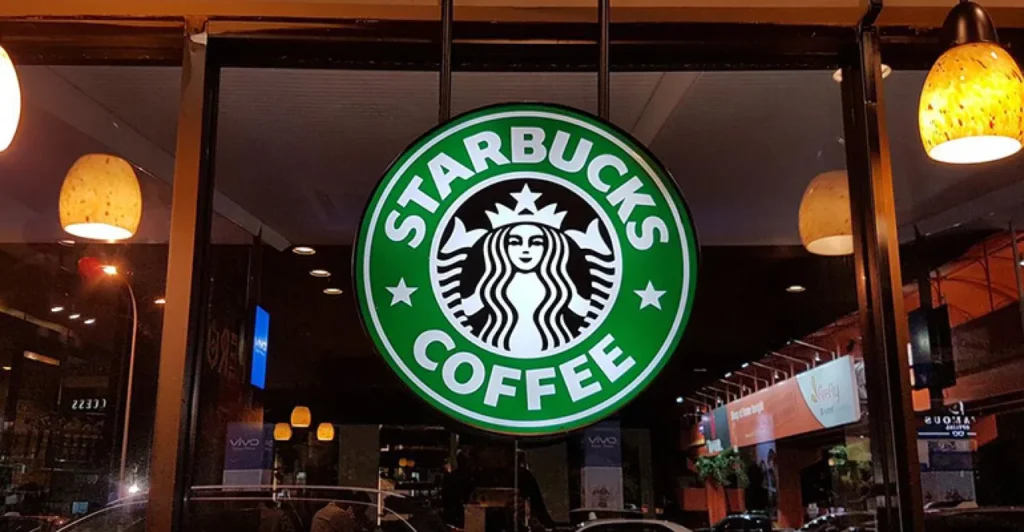
Starbucks Revives Third-Place Coffee Culture as Drive-Thru Chains Surge
Fifteen years ago, Starbucks cafés were bustling hubs for students, professionals, and first dates. Over time, however, the brand shifted toward mobile ordering and quick pickups, losing its famed “third place” atmosphere between home and work.
Now, under CEO Brian Niccol—who took the helm nearly a year ago after a period of declining same-store sales—Starbucks is betting big on bringing back the coffeehouse experience.
Niccol, lured from Chipotle Mexican Grill with an $85 million package, has rolled out changes such as eliminating charges for plant-based milks, restoring condiment bars, and putting customers’ names back on cups. His most ambitious move: reimagining store designs with more comfortable seating, cozier lighting, and amenities aimed at encouraging people to linger.
“We’re reclaiming the third place so our cafes feel like the welcoming coffee house our customers remember,” Niccol said during his first earnings call last October.
Competing in a Drive-Thru World
The challenge? Consumers in 2025 are more on-the-go than ever. Drive-thru-focused coffee brands like Dutch Bros and 7 Brew are rapidly expanding, offering fast service and personal connections through a car window.
According to Technomic Top 500 data, 7 Brew was the fastest-growing U.S. foodservice chain in 2024 with 163% sales growth—nearly double its nearest competitor. Starbucks, by contrast, saw a 0.5% decline.
John Gordon of Pacific Management Consulting Group notes that drive-thru models often double average unit volumes (AUVs) compared to traditional cafés. “I like companies that are flexible on their store profile,” he said, “because that’s what America is like now.”
Drive-Thru Competitors Redefining the ‘Third Place’
7 Brew CMO Nick Chavez believes the modern “third place” is now the car:
“It’s a place to enjoy music, catch up with friends, recharge, grab a bite or a tasty beverage. We make the drive-thru an experience, a jolt of positivity.”
Scooter’s Coffee, which grew sales nearly 29% last year, follows a similar model with drive-thru kiosks and limited seating. COO John Owen says the goal is to combine speed with personal service:
“Something as small as a quick, friendly interaction can change someone’s entire day.”
Starbucks Balances Tradition and Convenience
While Niccol is bringing back the third-place atmosphere, he’s also adapting to modern consumer habits. Starbucks is phasing out mobile order pickup-only stores, introducing first-party delivery in-app, and improving digital order sequencing to cut wait times to under four minutes.
The chain’s U.S. footprint—over 17,000 stores—is still vastly larger than competitors like Dutch Bros. But remodeling such a massive network takes time. Updated store designs have started to appear in New York and California this summer.
A Strategic Risk to Stand Out
Analyst Mark Kalinowski says Starbucks’ competitors “do what they do well, but it’s a different experience than a third-place experience.” By doubling down on coffeehouse vibes while maintaining fast-service options, Starbucks hopes to set itself apart from nimbler rivals and reclaim its cultural role.
If the gamble works, Starbucks could once again become the go-to spot for both a quick caffeine fix and a place to work, meet, or relax.
: 125
